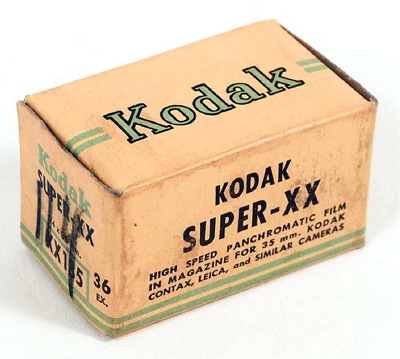 [This four-part Guest Post by military historian Charles Herrick results from the Capa D-Day Project team’s determination to consider all possibilities, follow all leads, answer all pertinent questions and, to the extent possible, tie up any remaining loose ends.
[This four-part Guest Post by military historian Charles Herrick results from the Capa D-Day Project team’s determination to consider all possibilities, follow all leads, answer all pertinent questions and, to the extent possible, tie up any remaining loose ends.
In this series, Herrick pursues further the question of whether LIFE staffer Bob Landry, assigned to cover the attack on Utah Beach, landed there on D-Day or, instead, on D+2. In all fairness, Landry himself never claimed to have landed on the morning of the invasion. The assumption that he did land on D-Day rests on inference drawn from various accounts by John Morris of LIFE magazine and a single sentence in a post-D-Day radio broadcast by CBS correspondent Larry LeSueur, a member of Edward R. Murrow’s broadcast team.
I asked Herrick to reconsider the photographs Landry made during the early days of the invasion, as well as Morris’s inconsistent accounts of Landry’s role and LeSueur’s broadcast, comparing these with military documentation from the archives. Part 2 of his analysis appears below; click here for Part 1. The remaining parts will appear shortly. — A.D.C.]
•
Landry and LeSueur, Reconsidered (2)
by Charles Herrick
… [I]t should come as no surprise that a correspondent’s efforts might prove not entirely accurate, or even less than honest. The sad truth is that a rash of inflated and in some cases totally fabricated reportage came out of D-Day. For example, in his biography of Ernest Hemingway Charles Whiting pointed out the bombast of “Papa’s” D-Day account, and the outright falsehoods he later added to it. Then there was Henry Gorrell of United Press, another Utah Beach correspondent, who claimed to have filed the first report from the beachhead. He didn’t.[1]
Gorrell was at the center of another bit of questionable reporting. Six days after landing he was discovered filing a “magic carpet” story — that is, using as his dateline a place he’d not actually visited. In this case he filed a report with a dateline of Carentan, describing the critical paratrooper victory there that finally solidified the link between the Omaha and Utah beachheads. (To read this story as it appeared in the New York Times, click here.) But Gorrell hadn’t been present there in person. Instead, he’d conducted interviews in the rear areas with wounded soldiers who had been evacuated from there, piecing his story together from their accounts. Clark Lee (International News Service), another Utah Beach correspondent, had actually accompanied the paratroopers as they fought their way into the town, and was outraged at Gorrell’s duplicity; a physical confrontation between the two was narrowly avoided.[2]
On top of these examples (and many others), there was the almost universal tendency of correspondents to grossly misrepresent how early on D-Day they landed, as exemplified by Capa’s highly fictionalized memoir.
In light of this, I’ve concluded that every account must be carefully examined to weigh its credibility. So, with that in mind, let’s take a look at the LeSueur accounts and see what they have to offer.
•
All three versions of LeSueur’s purported D-Day adventures gloss over the fact that he and Landry (and Capa as well) originally had been “volunteered” by their respective outlets for parachute training, so that they could jump in with an airborne division on D-Day. And, like Capa, LeSueur neglected to mention that although he signed the necessary waivers, he then dodged the required training, and therefore had to be reassigned to the seaborne forces instead.[3]
In the 1984 Washington Post interview, published a few days before the 40th anniversary, LeSueur omitted all of this and put a more positive spin on things, claiming instead that he was permitted to elect where he wanted to go and chose to go with the infantry. Perhaps it was an understandable omission of an incident that might not reflect well on the intrepid “Murrow Boys” image that CBS had carefully cultivated with its audience.
That 1984 interview included another snippet worthy of note. LeSueur’s interlocutor, Carol Bennett, opened the interview by stating, “You were the first reporter to broadcast after the D-Day landing.” LeSueur’s response scaled back this claim considerably. He stated that his written reports covering the first several days’ operations had gotten lost, but that as soon as an Army press transmitter came ashore, he got off the first broadcast “about the landings on Utah Beach,” and continued to make broadcasts at least twice daily thereafter.
This may be so, but I have not been able to verify it. The CBS archives do not have any record of either written reports or broadcasts during this period, and George Washington University — the custodian of LeSueur’s papers — holds just a single page from a script drafted sometime between 4 and 18 June. A heavily edited page dated 16 June 1944, this appears to have been revised from an intended live broadcast to a written dispatch.[4]
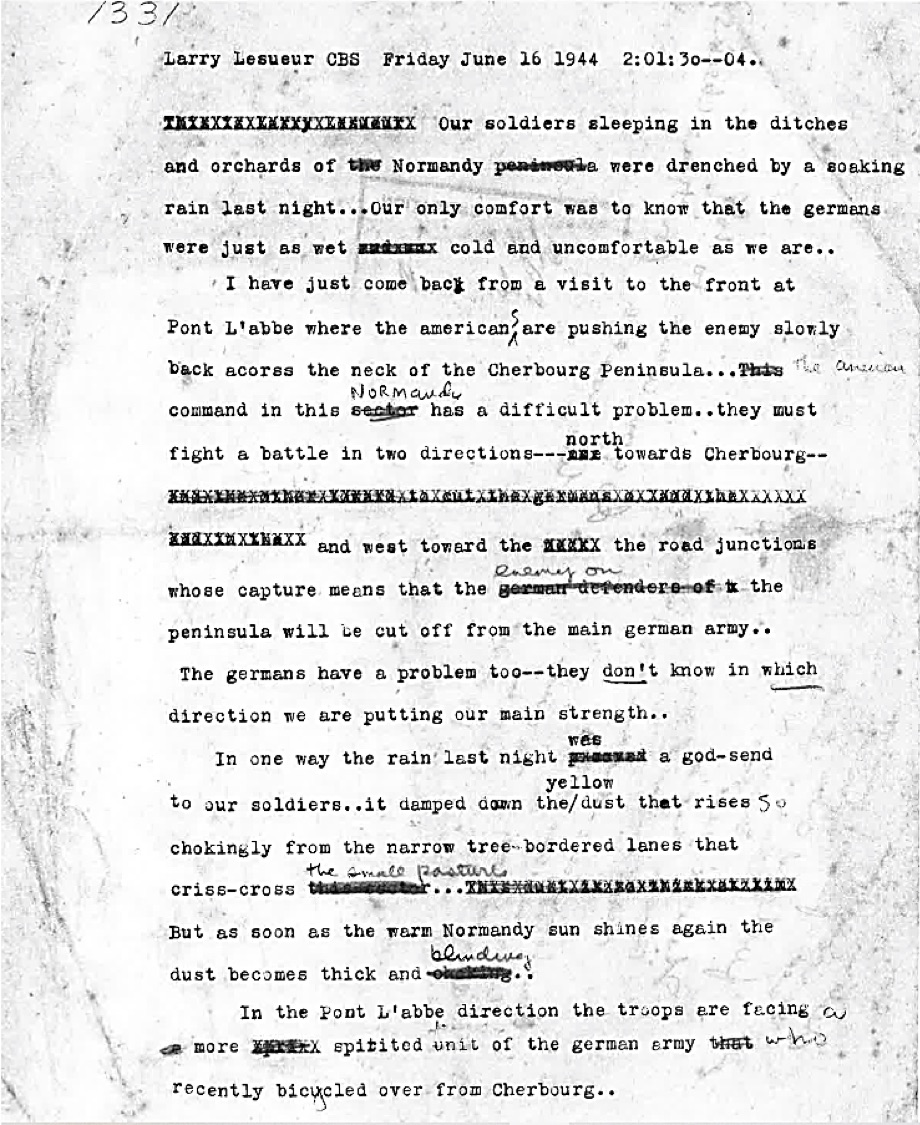
Larry LeSueur’s copy for 16 June 1944 transmission. Note that the opening words “This is Larry LeSueur” have been crossed out. (Courtesy of the Special Collections Research Center, George Washington University.)
•
Reviewing his live broadcast claim:
“About three or four days after the original landings, the army managed to land a small transmitter in a trailer, code-named J-E-S-Q — Jig Easy Sugar Queen. As soon as that arrived, I was able to do the first broadcast about the American landings on Utah Beach and get it back over the channel, where the BBC then relayed it to the United States.”
Actually, the first radio for the press was a civilian 400-watt radio teletype set (operated by the Press Wireless corporation) that landed on D+6 and began sending correspondents’ copy on D+7 (13 June). It was promptly shut down for 30 hours due to a mix-up in frequency coordination. That radio could only pass text copy, not voice broadcasts. It was not until the arrival of a U.S. Army 1-kilowatt transmitter modified for voice transmissions that broadcast correspondents could pass live reports. Records seem to indicate that set landed on D+16, but I suspect this was an error, and the set probably landed on 16 June (not D+16/June 22).
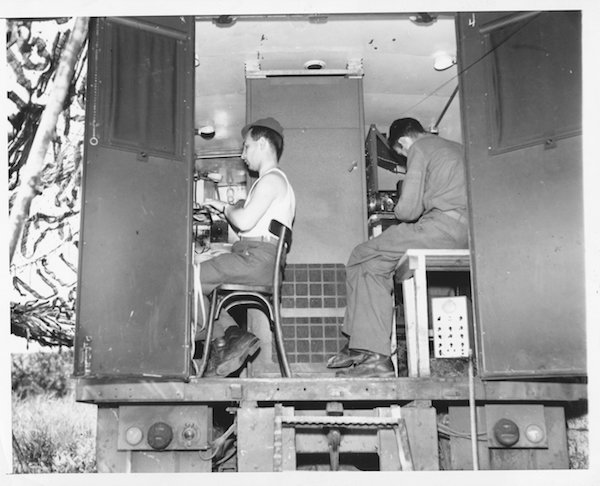
“France–Operating from Normandy under the auspices of the US Army since D-Day plus 5 is this Press Wireless transmitter. Here, a tape-puncher (left) and technician are hard at work in the transmitter truck. (Credit–WP–Acme Photo by Bert Brandt, War Pool Correspondent) 7/22/44” (Caption on back of press print.)
After all, it was certainly operational by the time LeSueur passed his D-Day broadcast on 19 June (D+13). And I suspect it was his knowledge that the set had landed on 16 June that led LeSueur to write his script dated that day in the form of a live broadcast. (The set was likely not operational for a day or two, necessitating the revision of the copy).[5] It is entirely possible that LeSueur’s 19 June broadcast was the first to be sent over that transmitter, but it is clear LeSueur was exaggerating when he claimed he was making live broadcasts as early as three or four days after the landings. By 19 June, his finally making a broadcast was hardly much of an achievement. (More accurately, it was his first broadcast about the landings.)
•
John MacVane (NBC) was the first to broadcast from a beachhead (Omaha Beach) on D+1, using borrowed time on a 1st Division tactical radio, though there was no confirmation anyone in London received it. He was more successful on D+2, but that broadcast supposedly was spiked in London by the British Ministry of Information (MoI) — because, MacVane believed, Supreme Headquarters, Allied Expeditionary Force (SHAEF) decided that the first broadcast should come from an American reporter on a British beach.
(MacVane said he used an SCR-399 radio for both of his broadcasts. These were big sets, normally mounted in a shelter atop a cargo truck with a generator towed behind in a trailer. The first one to make it ashore came in on a DUWK, and that was the one he used on D+1 — the other sets due in on D-Day were lost. On D+2 he used an SCR-399 mounted in a regular 2-1/2-ton truck. The illustration here shows a DUWK-mounted SCR-399, somewhere in the Pacific theater.)
•
According to MacVane, the honor of making the first successful public broadcastfell to another “Murrow Boy,” Bill Downs,[6] whose broadcast was recorded on 14 June (D+8, five days before LeSueur’s broadcast), from Gold Beach, a British beachhead.[7] (Click here for the audio and text of that report.) Another claimant to the honor was yet another “Murrow Boy,” Charles Collingwood. Embedded with the U.S. Navy, Collingwood and sound technician Gene Ryder rode into Utah Beach late on D-Day and recorded a 14-minute piece while cargo was being unloaded from their landing craft. Although he never actually stepped off his landing craft, Collingwood’s piece was aired on D+2. (Click here for the audio of that report.)
By comparison, LeSueur’s efforts were thoroughly unimpressive. Over at Omaha Beach, where all press support radios had been lost (along with almost all the medium-power tactical radios), MacVane had nonetheless wangled airtime on a tactical radio twice by D+2. Although the Army divisions landing at Utah Beach did not suffer the losses in tactical transmitters that had plagued those at Omaha Beach, LeSueur never managed to get on air with any of them. He simply waited until the dedicated press transmitter arrived.
This may help explain a rather bizarre transition in LeSueur’s 19 June broadcast. After opening the broadcast with the breaking news that U.S. troops had finally sealed off the Cotentin Peninsula, he then turned to events two weeks old:
“Although today is D-Day plus thirteen, the boys who are up on the front lines still find themselves talking about their adventures on D-Day whenever they get a chance to smoke a cigarette.”
That sentence borders on the ludicrous. No fewer than half the divisions “up on the front lines” at that date had landed after D-Day and had no such adventures to discuss. In addition, men engaged in day after day of close combat have their minds tightly focused on the next day’s threat to their existence, not on a largely unopposed beach landing two weeks previously. But LeSueur was probably under pressure from CBS to provide a story on the Utah Beach landings, something they apparently hadn’t received from him by that date; and he in turn needed some sort of pretext to bring up past events, so we should see his peculiar introduction as merely a rhetorical device serving as a segue to old news.
•
In both the 1984 interview and The Murrow Boys LeSueur provided a fanciful version of how he was alerted about the pending invasion. He claimed that he had just returned from a bombing mission and, as he climbed out of the aircraft, got arrested by two officers who then whisked him away. The “arrest” turned out to be a cover story, he indicated; the officers instead took him to his apartment to gather his belongings, then to the Press Training Camp to join the other D-Day correspondents, who had all been ordered to report for the pre-invasion marshalling process.
In fact, LeSueur was not accredited to any of the allied air forces. Further, he and the other “assault correspondents” (who would constitute the first set of correspondents to land on the Normandy beaches) had earlier been called in for a special briefing and pre-invasion processing. They were ordered to remain in London, where they could be contacted and be ready to leave for the invasion on an hour’s notice. While no specific classified information about the impending invasion had been made known to them, those preparations alone would have been key indicators to German intelligence had LeSueur been shot down and captured during a bombing mission.
In other words, LeSueur would not have been permitted to leave London, much less to fly over German-occupied territory, on the eve of the invasion. The Eighth Air Force’s Public Relations Officer would not have allowed it, and if either SHAEF or MoI had learned of it they most likely would have revoked LeSueur’s credentials and sent him home.
The next point of concern is another one of omission. Recall that LeSueur was a broadcast correspondent. SHAEF had ordered recording machines to be provided to the D-Day broadcast correspondents, so that they could record interviews during the staging period and then record their reports on events as the landings unfolded. Those recordings would then get reviewed (and censored) by MoI and turned over to their news bureaus for airing.
Collingwood recorded his D-Day piece on a tape recorder provided by the U.S. Navy. George Hicks (Blue Network) made his famous broadcast from the USS Ancon — an ocean liner converted to a troop ship — off Omaha Beach, late on D-Day, on his Navy tape recorder.
The U.S. Army provided wire recorders to its embedded broadcast correspondents. Tommy Grandin (Blue Network) lost his wire recorder, and all the recordings he’d made up till then, when his jeep disappeared into a runnel at Omaha Beach. MacVane made recordings on his wire recorder during the marshalling, embarkation, and Channel crossing, but chose to leave all that behind on his assault transport, as he considered it too bulky to carry on his back in the assault. (Note: I’ve been unable to determine the exact make and model of recorders issued to these correspondents. The Armour wire recorder illustrated here was probably one of these, and indicates the size of these devices.)
It is very curious, then, that LeSueur never made any mention of having a recording machine at any point. Nor did he make any mention of interviewing troops and leaders himself during the marshalling, embarkation, or Channel crossing. That would have been obligatory coverage for any broadcast correspondent in the initial landings. Yet LeSueur never addressed anything regarding this area of his responsibilities. Did he simply ignore this part of his duties? Or did a two-day delay in landing render those recordings irrelevant to the rapid news cycle, which he consequently felt was a topic best omitted in his recollections?
•
The foregoing points serve to raise contextual doubts about LeSueur as a reliable reporter of events in which he personally participated. Indeed, they caution us that where he was the protagonist, reality could play a secondary role to the burnishing of his broadcaster image. Let’s see how this may have influenced his “D-Day” story.
Landing With LeSueur
Many details of LeSueur’s broadcast generally fit with the actual events of the D-Day landings on Utah Beach. In the Washington Post interview (1984) he elaborated somewhat, including the claim that he (with no mention of Landry) went in with the command post of the 8th Infantry Regiment, which was the lead assault regiment for that beach. If true, this would neatly parallel the assignments of Capa and John Thompson, who landed with the rear echelon of the 16th Regiment’s command group on Omaha Beach. Beyond that, LeSueur’s description of the movement inland generally fits with actual maneuvers.
In his account from The Murrow Boys, LeSueur again claimed he was on the same landing craft as Colonel James Van Fleet, commander of the 8th Infantry Regiment. Records show that the command-post personnel of the regiment were split between two Landing Craft, Tank (LCT),[8] which also carried its vehicles and equipment. These LCTs were followed by a smaller Landing Craft, Mechanized (LCM) and a very small Landing Craft, Vehicle and Personnel (LCVP), which the key leaders would use to slip into shore before the larger LCTs were able to beach.[9]
It is in the details that things begin to unravel. The convoy containing those landing craft sailed between 6:30-9:00 PM on 3 June in preparation for the original invasion date of 5 June. This early start was due to the greater distance involved in that convoy’s departure from the western ports of Salcombe and Dartmouth, and the slow convoy speed of 5 knots.[10] When the invasion was postponed early on June 4,[11] the convoy containing those two landing craft was already well underway, and, due to radio silence, it took considerable time to recall it. Eventually the convoy was diverted to Portland Harbor (instead of its originating ports further west), which it reached just in time to refuel and sortie again on 5 June for the rescheduled invasion.
But LeSueur’s broadcast painted a very different picture. He described spending just a single night at sea for his crossing, when in fact that LCT spent the better part of three nights at sea with just a brief layover at Portland. That isn’t an easy error for a participant to make, at least not for something as momentous as the D-Day landings, or for an experience as epically uncomfortable as spending that much time aboard a flat-bottomed landing craft in the choppy English Channel. (For a tour of LCT 7074, the last surviving D-Day vessel of its class, click here.) But perhaps that abbreviated version of the Channel crossing can be explained by LeSueur’s desire to get to the heart of the broadcast subject: the landing itself.
In the 1984 interview, LeSueur went into greater detail about the crossing, correctly noting that they sailed on 3 June. However, he claimed his craft did not divert to port when his convoy was recalled on 4 June. Instead, he indicated, it remained circling in mid-Channel in anticipation of the rescheduled D-Day.[12] The facts contradict him. The LCT he claimed he was on was part of Convoy U-2A, which — as mentioned above — was diverted to Portland Harbor. But Portland Harbor was already chock-full of shipping for Omaha Beach, and convoy U-2A had to “churn about off Portland Bill”[13] until room was found for it in Weymouth Bay (outside the Portland Harbor breakwaters) after midnight (4/5 June).[14]
So we can dismiss LeSueur’s claim on several grounds. The captain of Col. Van Fleet’s LCT was an extremely junior officer who would not have remained at sea in disregard of the convoy commander’s orders. Furthermore, it defies belief that the craft carrying the commander and half the command post for the lead assault regiment would loiter by itself, unprotected, in the contested waters of the English Channel for much of 4 and 5 June. Finally, the report of the Commander of the Western Naval Task Force affirmatively states that all the craft from that convoy made it back into port during the weather postponement.[15]
All this sets the tone for the remainder of LeSueur’s narrative. The facts don’t quite seem to match the anecdotes as he reported them, which leads to doubts that he was even present. Instead, it would appear as if he later interviewed soldiers who did cross on that LCT, but somehow the details got garbled — so that, by the time he incorporated them into his “D-Day” construct, that incident no longer included the stopover in Weymouth Bay, and the temporary loitering off Portland Bill had turned into steaming “around in circles in mid-Channel” all night. …
Notes:
[1] Robert Reuben (Reuters) scored the first two reports from the U.S. beachheads. His first was a message sent by carrier pigeon after he landed with the paratroops before dawn. It was received in Dover on D-Day. Later on D-Day he made it to Utah Beach and wangled a ride to the VII Corps command ship, bringing Major General Collins the first word from the 101st Airborne Division. Collins was so grateful that he lent his stenographer to Reuben so he could dictate his story, then lent Reuben his personal bed and sent Reuben’s story out on one of the ship’s radios. It was virtually the only press report to be passed through on operational circuits on D-Day, or for days thereafter.
[2] Gorrell’s “magic carpet” story about Carentan’s liberation was a “first” in one respect. By sheer coincidence, it happened to be the first report sent out on the Press Wireless transmitter once that instrument became operational on 13 June.
[3] Oldfield, pp. 54-56. Then-Lt. Barney Oldfield, a paratrooper himself, was assigned to the SHAEF Public Relations division and was responsible for recruiting correspondents for this parachute mission.
[4] The script begins with the sentence, “This is Larry LeSueur,” a typical introduction for a live broadcast. Those words, however, were crossed out on the typewritten page. I interpret this to mean that the script was originally written in anticipation of it being broadcast live, but got edited into the form of a written report when the transmitter was not yet able to provide voice capability.
[5] The story of the press transmitters is thoroughly confused, with every source having a different version of the radio sets, operators, and even call signs involved. The only things that do seem certain are that the first transmission occurred on D+7, and that the station was quickly shut down due to confusion over radio frequency.
[6] MacVane, John, On the Air in World War II, William Morrow and Co., New York, 1979. See Chapter 22 for his invasion account. Page 252 has the Bill Downs reference.
[7] The date 14 June comes from Downs’s broadcast, in which he stated he was recording it on “the ninth day of the invasion” (which would be D+8). That broadcast and a transcript can be found via the link in footnote 3.
[8] Not to be confused with the LCT that carried the Utah Beach press support team, which was due to land much later on D-Day. As mentioned earlier, it suffered a fire during the Channel crossing, which caused it to return to the UK. The press support team finally landed at Utah Beach on D+2.
[9] 4th Infantry Division Landing Tables, 10 May 1944.
[10] Commander, Assault Force “U” Action Report, Appendix 1 to Annex “Able.”
[11] Received by Assault Force “U” at 4:43 AM, 4 June.
[12] The Murrow Boys, p. 225
[13] Portland Bill is the southernmost promontory on Portland Island, outside the entrance to Portland and Weymouth Harbors.
[14] The Invasion of France and Germany, 1944-1945, Volume XI of The History of the United States Naval Operations in World War II, Samuel E. Morrison, 1957, p. 81.
[15] Part of one convoy did not seek shelter in a harbor and instead turned around and backtracked at sea until it was time to meet the new D-Day schedule. But that was part of Convoy U-1A, which originated in Belfast and idled the time away safely in the Bristol Channel. That convoy consisted of combat ships (a battleship, cruisers and destroyers). This convoy included no LCTs such as the one LeSueur claimed he occupied.
•
Text copyright © 2022 by Charles Herrick. All rights reserved.
•
(For an index of links to all posts in this series, click here.)
•
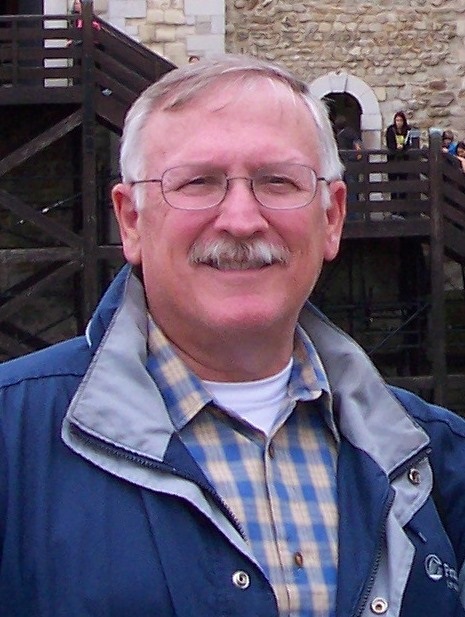 Charles Herrick joined the U.S. Army in 1970 and graduated from the U.S. Military Academy at West Point in 1974. Commissioned in the Infantry, he earned the Ranger tab and Master Parachutist’s wings. He served in a variety of positions from company grade officer to the Pentagon. He earned the Combat Infantryman’s badge while assigned as the Operations Officer of the 193rd Infantry Brigade in Panama in 1989, and later graduated from the U.S. Army War College.
Charles Herrick joined the U.S. Army in 1970 and graduated from the U.S. Military Academy at West Point in 1974. Commissioned in the Infantry, he earned the Ranger tab and Master Parachutist’s wings. He served in a variety of positions from company grade officer to the Pentagon. He earned the Combat Infantryman’s badge while assigned as the Operations Officer of the 193rd Infantry Brigade in Panama in 1989, and later graduated from the U.S. Army War College.
Since retiring from the Army in 1996, Herrick has continued to work on defense issues as a contractor in East Asia, Latin America, the Balkans, Africa and Central Asia. He holds an MBA from the University of California at Los Angeles. He lives in California with his wife, where he pursues his passion for military history. To contact Charles Herrick, click here.



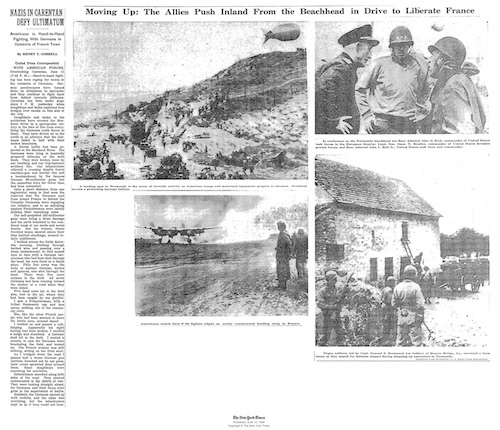
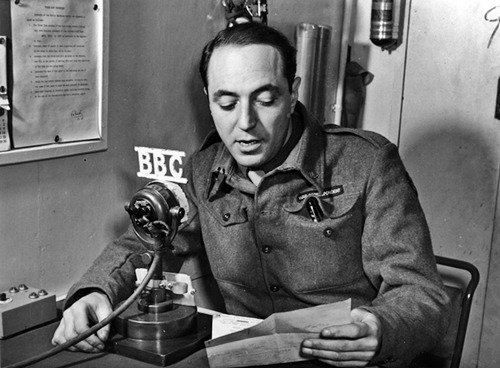
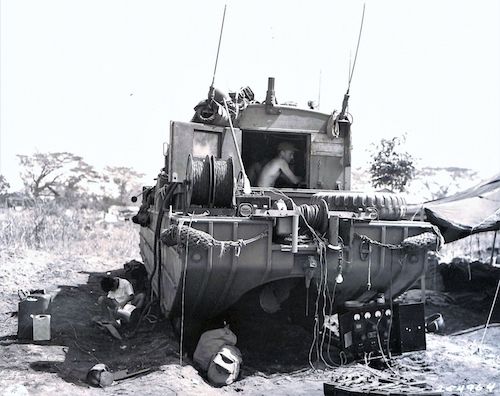
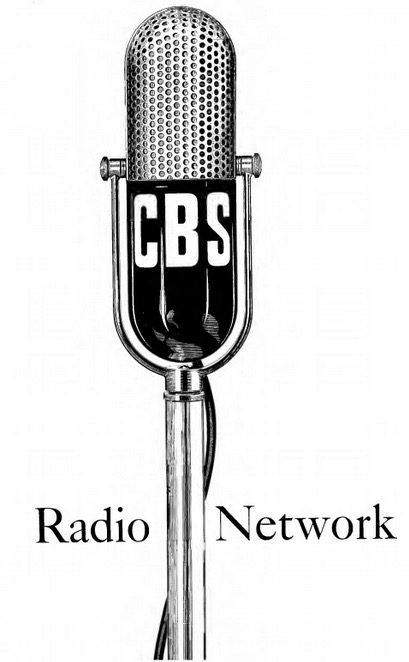
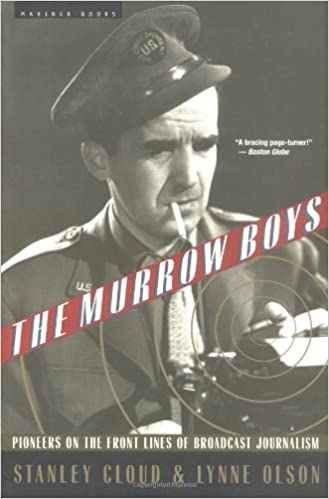
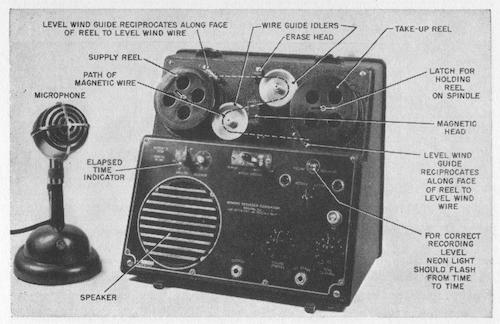
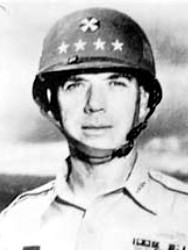
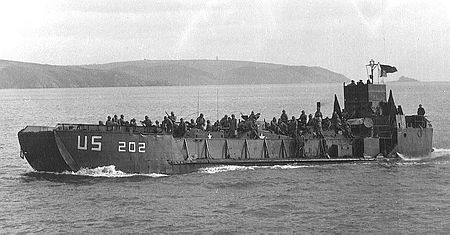




Leave a Comment